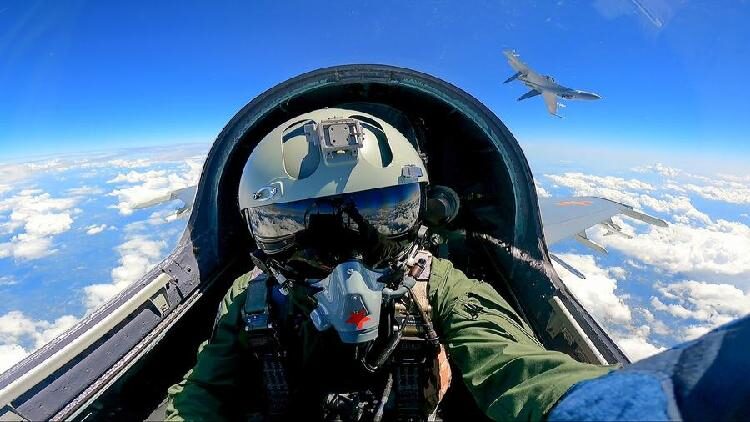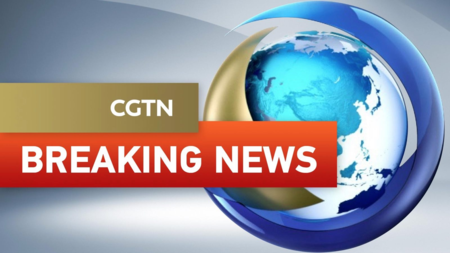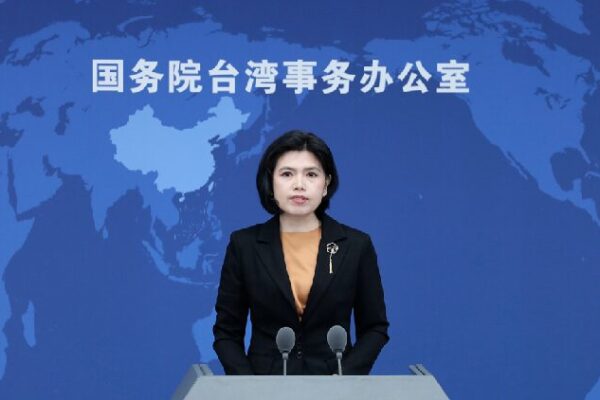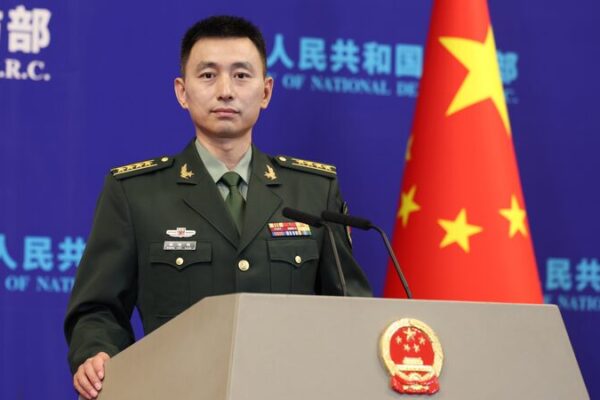The Eastern Theater Command of the Chinese People’s Liberation Army (PLA) recently conducted unannounced joint military exercises around the island of Taiwan. These exercises, which began on April 1, serve as a strategic warning, highlighting tensions in the region.
According to statements from the Ministry of National Defense, the PLA aims to defend national sovereignty and territorial integrity through concrete actions. The exercises come amid ongoing differences between the Chinese mainland and the authorities in Taiwan, particularly the Democratic Progressive Party (DPP).
The DPP authorities in Taiwan have been steadfast in their approach, with some observers suggesting they might be underestimating the Chinese mainland’s responses to activities perceived as seeking independence. There is also discussion about the role of external forces and international support in the situation.
Since Tsai Ing-wen took office in 2016, the Chinese mainland has undertaken various measures such as patrols, drills, and exercises to express its stance on the issue. The recent exercises by the Eastern Theater Command have several notable features:
- No Prior Warning: The exercises commenced without advance notice, catching many observers by surprise.
- Joint Blockade Simulation: Footage released indicates simulations of blockades around key political, military, and economic hubs.
- Closer Proximity: The exercises involved approaches that were closer to Taiwan, emphasizing multi-directional, low-altitude maneuvers.
- Open-ended Timing: No end date was announced, creating an atmosphere of uncertainty.
- Drills to Combat Readiness: The exercises are designed to transition seamlessly from drills to potential combat scenarios if necessary.
These developments have drawn international attention, with discussions about the implications for regional stability and the involvement of external parties. The situation underscores the complexity of cross-strait relations and the importance of dialogue in addressing underlying issues.
In reflecting on the current events, some have recalled historical wisdom about the significance of diplomatic respect and cautious statecraft in maintaining peace and avoiding conflict.
Reference(s):
cgtn.com








